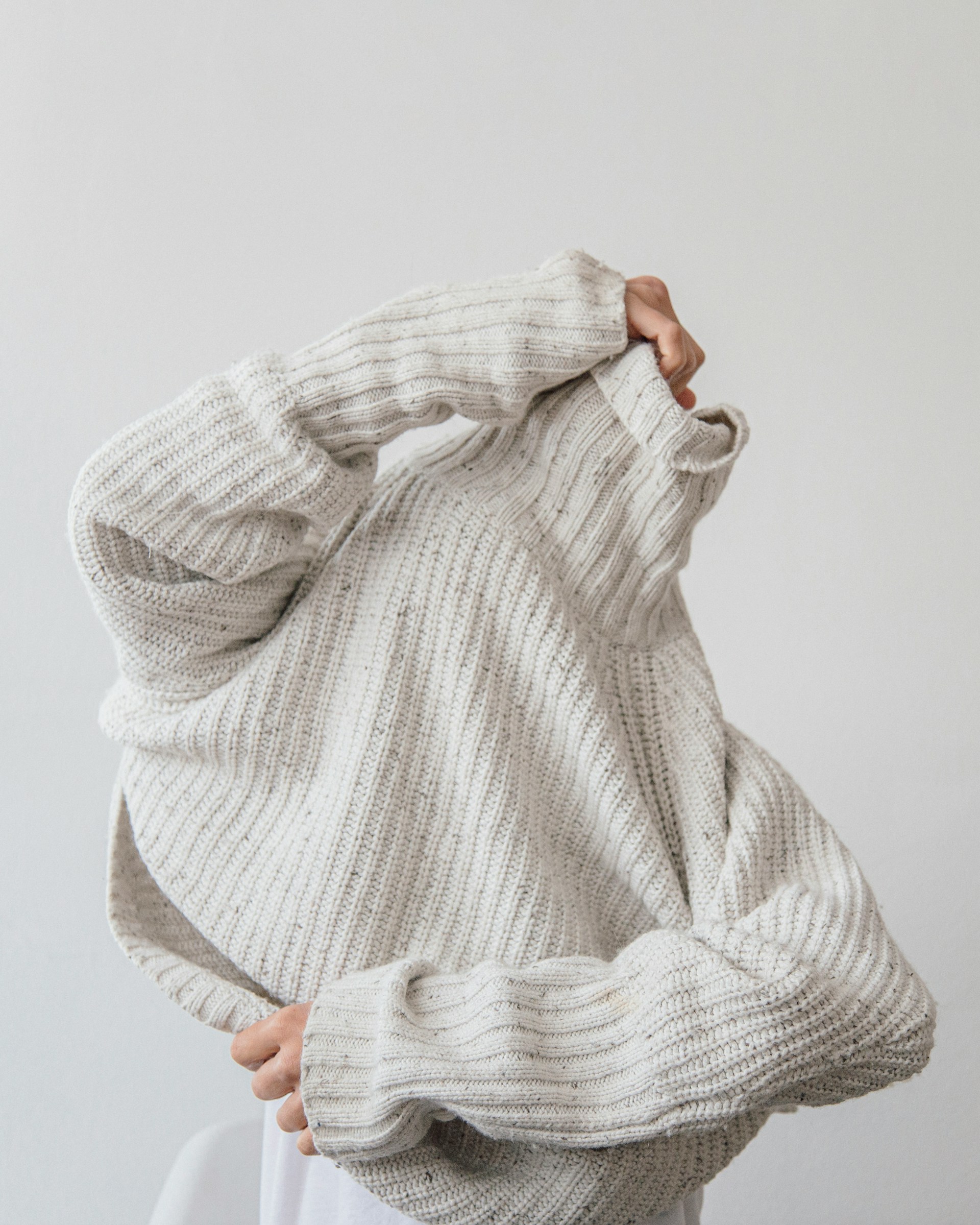The Rise of Copycat Culture

Copying fashion is not a new phenomenon, we have always looked up to idols and emulated their appearance. Women in the Renaissance plucked their foreheads to align with beauty standards that viewed high foreheads as a mark of beauty and elegance. In the modern era, this has evolved into celebrity culture's fashion magazines emphasizing "who wore what."
The Rise of Copycat Culture
In the past people emulated fashion trends by making clothes themselves, visiting secondhand stores, or finding affordable alternatives. Today, social media has amplified this phenomenon into "copycat culture." Fast fashion retailers such as Shein can recreate a celebrity’s outfit for a fraction of the original cost, and the expectation for a “dupe” is that it should be almost indistinguishable from the original.
Conformity, rather than personal expression, has taken center stage in fashion. Social media, with its constant stream of influencer content, has significantly contributed to this shift.
The Psychology Behind Fashion Imitation
So why are younger generations, especially Gen Z, so intent on directly mirroring style? The answer lies in the rise of social media influencers and the psychology of belonging.
Fashion once was inspired by cultural movements, art, music, and personal discovery. Today, much of it is driven by the curated feeds of social media personalities, whose millions of followers aspire to replicate their look. Unlike traditional celebrities, influencers often seem more relatable —ordinary people with extraordinary reach. This makes them powerful trendsetters. According to psychologist Stephanie Newman, when adolescents copy their peers’ or influencers’ outfits, it’s not just about fashion—it’s about identity. Newman argues that by “mirroring” others, especially during adolescence, individuals lessen feelings of vulnerability and boost their self-esteem. This psychological need to belong is heightened in an era dominated by social media, where fitting in means not just following trends, but following them exactly. Companies often pay influencers to wear and promote clothing, and their followers quickly purchase those items. Followers often feel that by mimicking these styles, they too can achieve the polished, aspirational lifestyle portrayed online. This constant cycle of imitation perpetuates a sense of conformity in fashion, as individuals increasingly adopt the same influencer-approved outfits rather than exploring their personal style.
During the COVID-19 pandemic, this need for connection intensified. Social isolation pushed adolescents toward social media for guidance, and influencers, typically attractive and affluent, set the tone for what was deemed fashionable. In the aftermath of the pandemic, the pressure to be accepted back into society has heightened the need for acceptance, and fashion trends have become a major means of signaling social conformity.
The Pressure to Conform: The “Clean Girl” Aesthetic
The fashion trends dominating Gen Z reflect this compulsion to conform. In 2024, popular trends are far more muted and polished compared to the vibrant, expressive styles of previous generations. Heuritech, an AI-driven trend analysis company, recently identified the top fashion trends of 2024, which include items like polo shirts, wide-leg formal shorts, and the color off-white. A far cry from the bold colors and statement pieces of the generation before them. As a child in the early 2000s, I remember when youth fashion was synonymous with bold self-expression, loud colors, embellishments, and texture in a way not seen in today's popular clothing. A young person's style was categorized, and "dressing like a teenager" was an understood concept. Movies from this period including The Princess Diaries, Freaky Friday, and Juno each explored "teen fashion" through different lenses, but the concept stayed the same, it was playful, and it was individual.
One trend that exemplifies this shift is the "Clean Girl" aesthetic, which is defined by muted colors, minimal jewelry, and flawless tailoring. Popularized by influencers like Matilda Djerf, this aesthetic is highly curated and tied to aspirational wealth, despite its seemingly simple appearance. The "Clean Girl" look has been embraced by celebrities like Gracie Abrams and Kylie Jenner, further perpetuating its popularity.
However, this aesthetic presents challenges. Despite its minimalistic appearance, achieving this look often requires expensive products and a high level of maintenance, making it inaccessible for many. The emphasis on polished perfection contributes to a cycle of imitation, where individuals adopt the same influencer-approved outfits rather than exploring their unique style.
Djerf is a Swedish influencer who gained popularity for her lifestyle content, often tagging brands she was wearing in her posts, allowing viewers to buy what she was wearing in her videos. Since 2019, Djerf has offered her own line of clothes called Djerf Avenue. Since the release of her brand, Djerf no longer tags where she gets her other clothing.
Breaking the Trend Cycle: A Call for Individual Expression
While it’s easy to view this trend toward conformity as a negative development, it’s important to consider the positive aspects of influencer culture. Social media has democratized fashion in many ways, making trends more accessible and allowing people from diverse backgrounds to engage with fashion in ways that were previously reserved for the elite. Influencers provide a more attainable version of celebrity, and their reach has made fashion trends more inclusive and far-reaching.
However, the challenge remains: can Gen Z break free from the pressure to conform and rediscover the joy of individual style? While the "Clean Girl" aesthetic offers one version of beauty, fashion has always thrived on diversity and self-expression. As we move forward, young people will need to balance the influence of social media with a renewed focus on personal style, creativity, and individuality.





